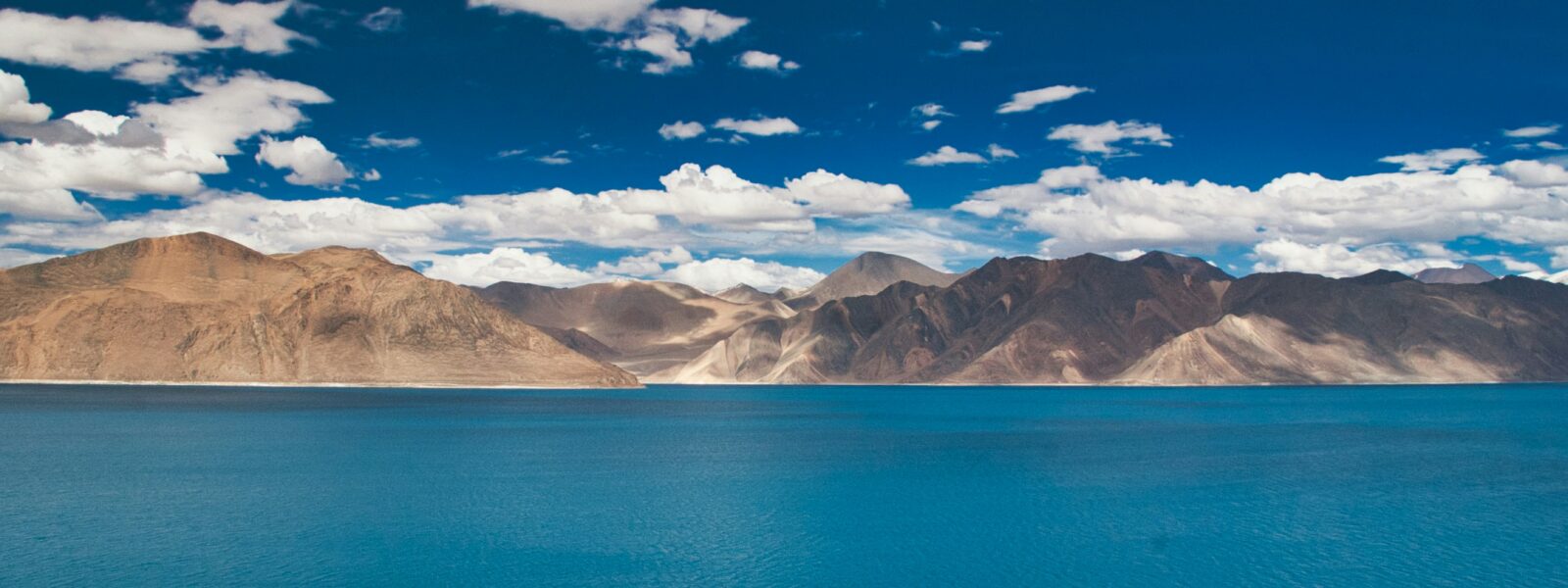Listening to the Earth’s Memory in the High Himalaya
By Elena Marlowe
I. The Valley That Holds Its Breath
The quiet architecture of land and time
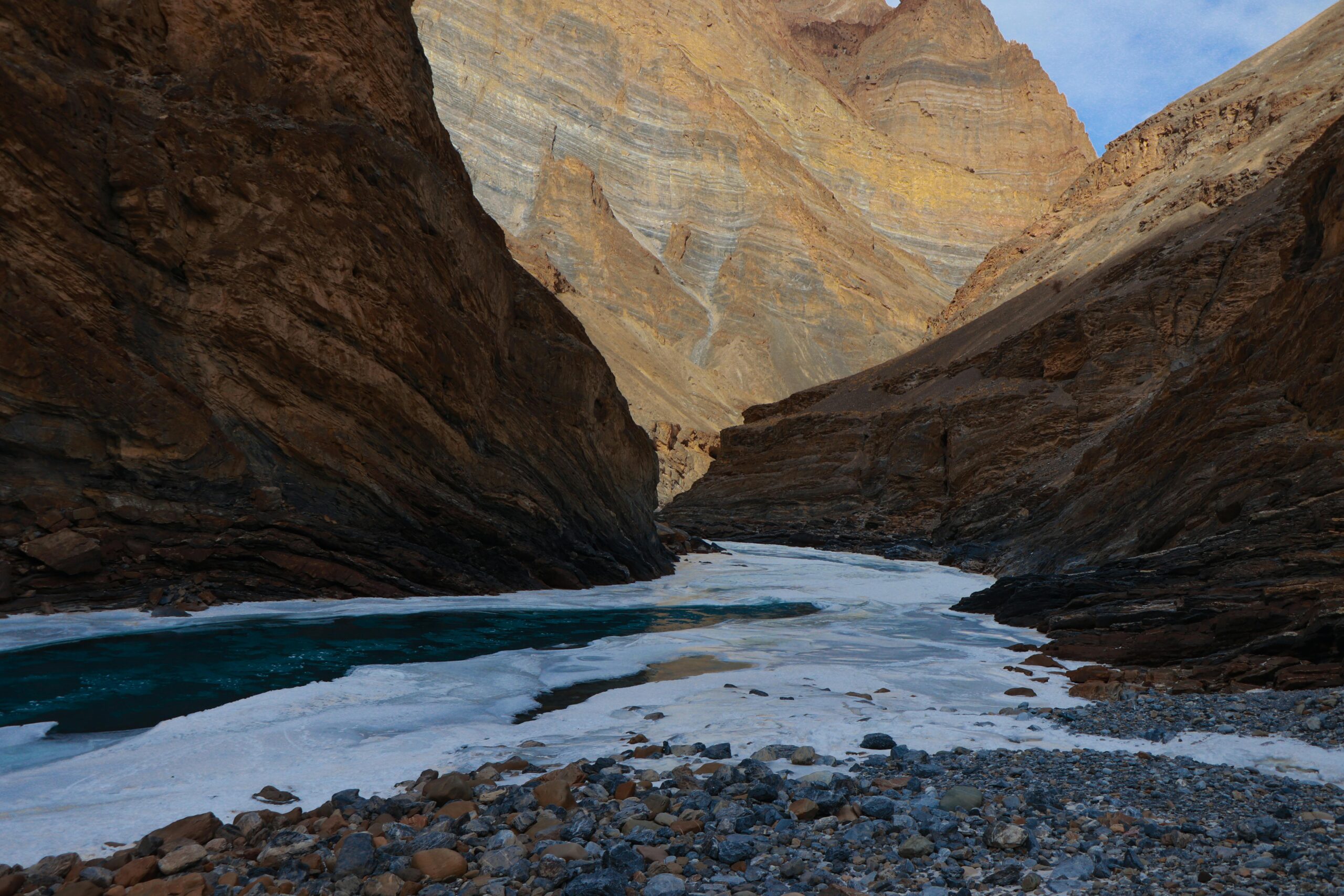
To arrive here is to feel a door click softly behind you. The air is thinner, yes, but what takes your breath is not altitude; it is recognition. The valley extends like a long-held note, and the mountains are not obstacles but phrases in an ancient sentence, still being written by wind and light. In this silence, the ground speaks a language of layers: shale remembering seabeds, limestone remembering pressure, granite remembering fire. The story of Ladakh has never been only about arrival; it has always been about listening. In the cadence of rock, you hear continuity, and in the hush of the river you hear revision. The Indus does not shout its history; it edits it, smoothing the facts until they gleam. This is where a journey becomes Ladakh philosophy travel—less a sequence of places and more a method of attention. You learn quickly that destinations are poor companions to patience. The sun chooses where it falls; the dust shows it where to land. Villages keep to the scale of the land: modest, exact, almost shy in their geometry. The horizon is not a wall but a suggestion to look again. And when you do, the landscape multiplies—one reality for the morning, another for the blue hour, a third for the night when stars offer their quiet commentary on the day’s certainties.
Reading the ocean folded into mountains
The most startling thought, once the eyes adjust, is not that these peaks are high but that they are also deep—depth measured not by shadow but by time. You stand among summits that once felt the push and pull of tides, and you can taste a rumor of salt on the wind if you let your imagination handle the instruments of geologists. Fossils are commas in a book the earth never finished. Strata stack like a thoughtful archive: here, a layer remembering warmth; there, a band recording a colder breath. In Ladakh philosophy travel, geology is not background trivia; it is foreground ethics. The ground asks: If I have held this memory for millions of years, what will you do with yours? The traveler learns humility in front of compression—oceans turned vertical, pressure rewritten as grandeur. Stones that once held coral now cradle snow. Every pebble is a paradox: delicate yet immortal, mute yet articulate. The mind adjusts to this scale slowly, finding that movement here means consent, not conquest. Beneath each step lies a small infinity, a memory too ancient to measure, and yet you walk as though it were new each morning.
II. Faces of Continuity
People who live within rhythm, not against it
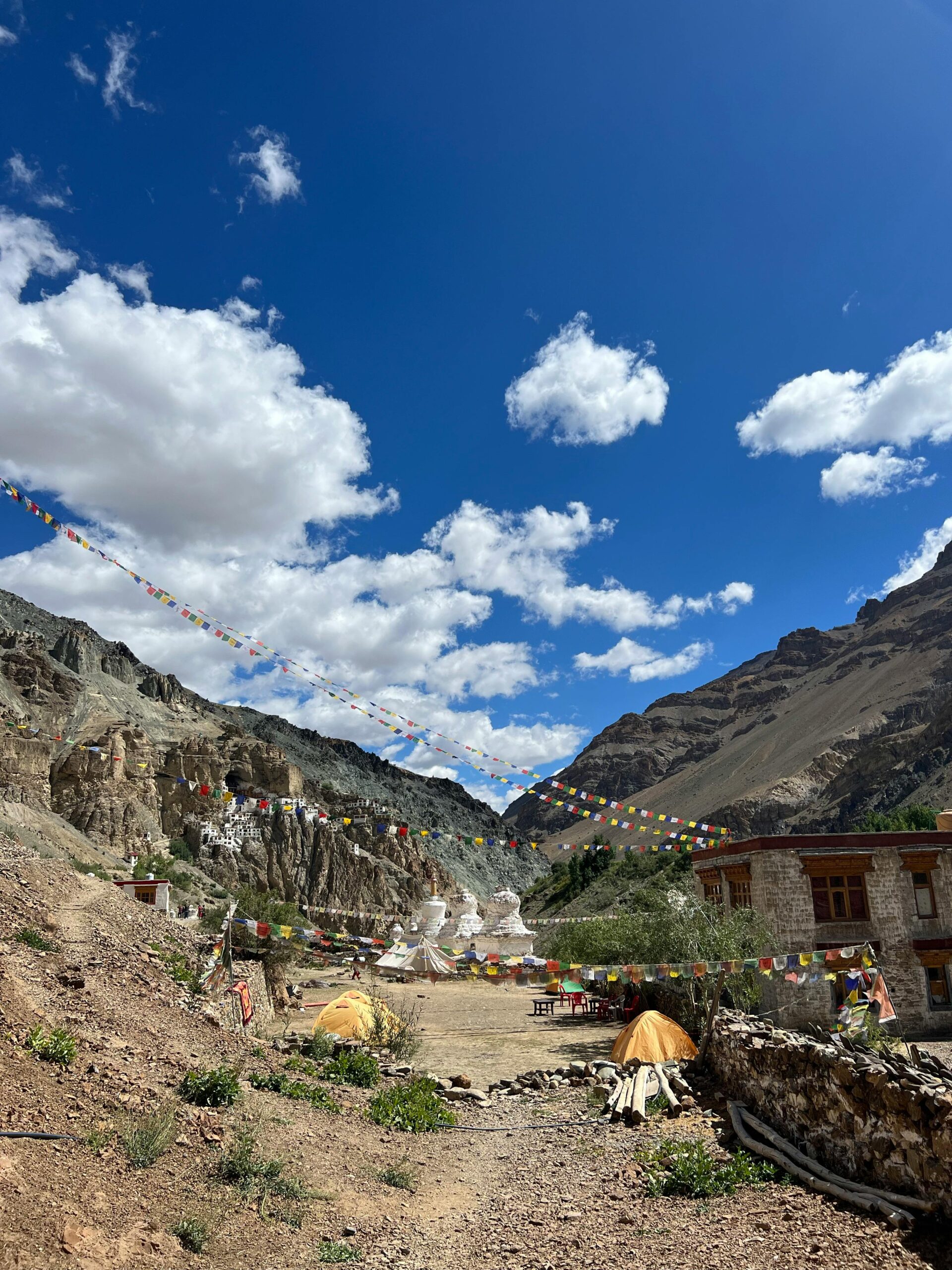
In the smaller valleys of Ladakh, rhythm is not a choice but a geography of time. The bells of yaks mark the hour; the shifting light marks the season. People move with precision, not haste—an awareness sharpened by scarcity and softened by ritual. You see it in the women who walk to the stream before dawn, in the men who stack barley as if arranging words of a prayer. Each act, however small, fits within a choreography older than memory. This is culture as continuity, not display. A traveler who enters this cycle learns that Ladakh philosophy travel is not about escape but about alignment. To live here is to understand the mathematics of balance: water against drought, sunlight against frost, silence against speech. Modernity creeps in with phones, motorbikes, and solar panels, yet the old metronome persists—the heartbeat of patience. The Ladakhi home is a structure built to hold not only people but pauses. It keeps the warmth of the stove and the stories of ancestors within the same mud walls. To watch these homes is to see philosophy applied to clay: endurance without arrogance.
The moral geography of belonging
There is a kind of intelligence in how people here belong to the land. It isn’t ownership but partnership. Belonging is expressed through participation—planting, weaving, waiting. When a herder says, “We do not live in the mountains; we live with them,” he states not metaphor but fact. Each year, the pattern repeats: migration to pastures, return to monasteries, renewal of roofs. Even prayer wheels echo this repetition—the deliberate act of turning what cannot be changed. Cultural continuity in Ladakh is not nostalgia; it is maintenance. It demands hands more than slogans. Villages celebrate harvests not as triumphs but as reminders of interdependence. Ladakh philosophy travel invites the outsider to question our notion of progress: if movement defines civilization, what happens when stillness becomes wiser? The road to belonging here is unpaved and circular. To arrive is to circle back to humility. The idea of place loses its borders and becomes an ethic.
III. Modern Currents in an Ancient Basin
When the world arrives faster than the wind
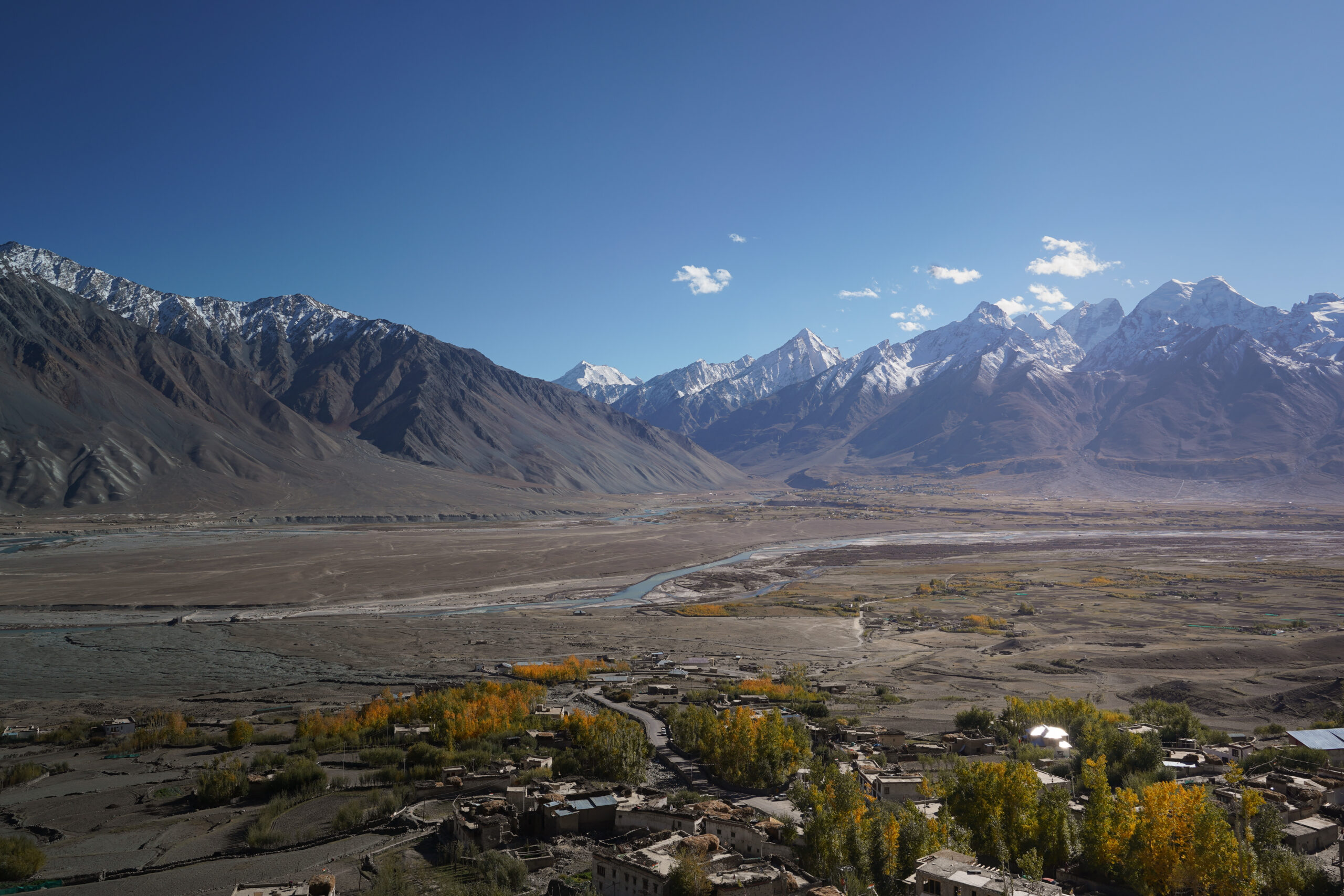
Change no longer travels by caravan; it arrives on a signal tower. The younger generation scrolls through screens while their grandparents still measure the weather by clouds. The village becomes a conversation between centuries. Some leave for Delhi or Bengaluru, chasing opportunity, while others stay, holding the rhythm. Tourism amplifies both hope and confusion: it brings income, but also distortion. The landscape that once taught silence now becomes background for selfies. Yet beneath the noise, there is resilience. Ladakh absorbs like stone—it does not resist change; it shapes it. The challenge is in remembering what should remain slow. The traveler who practices Ladakh philosophy travel recognizes that speed erases context. The world may compress distances, but it cannot shorten understanding. Roads carve through the mountains, but the older paths—those between people, stories, and faith—remain the real arteries.
The ecology of choice
Water defines survival here, and its absence teaches discipline. Villages near the Indus still honor the flow as both science and spirit. Each drop melted from glacier to stream is accounted for, distributed with the precision of belief. Sustainability is not policy; it is grammar. In winter, people store sunlight in mud bricks, and in summer, they read clouds as proverbs. The ecology of choice means knowing what to take and when to stop. The world’s vocabulary of consumption feels clumsy here. The traveler learns restraint: to witness without extracting, to photograph without interrupting. The conversations of Ladakh are not in words but in gestures—a shared bowl of butter tea, a silent exchange on the trail. These are small agreements that shape endurance. True wealth here is continuity, not accumulation. In that recognition, a philosophy of travel turns into a practice of respect.
IV. The Silence That Outlasts Us
Memory as the only true map
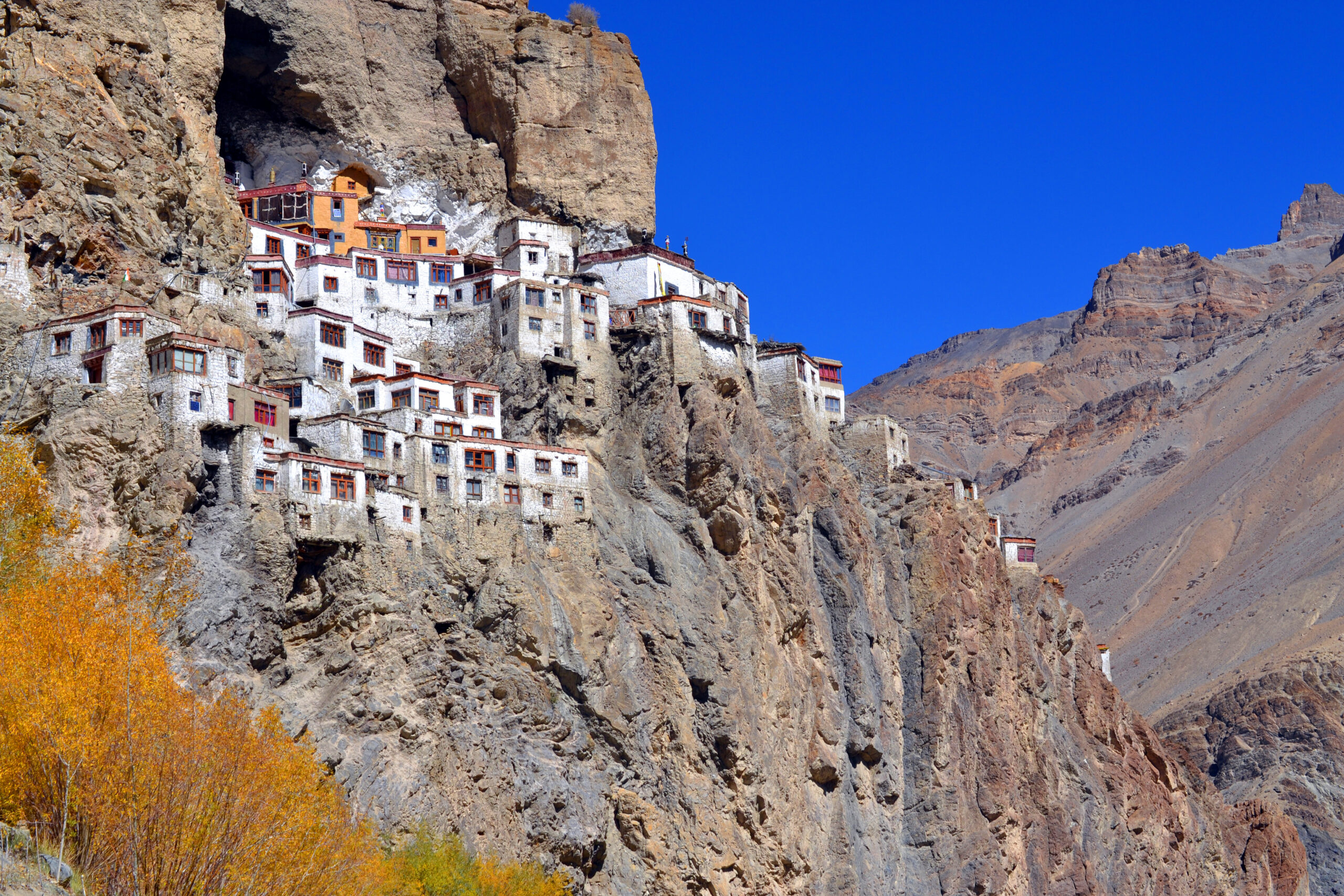
By the time you leave Ladakh, your map has changed. Distances are now measured in silences, not kilometers. The wind has learned your name and carries it through passes where no human sound remains. You begin to understand that memory is not what you take away; it is what you leave behind. Mountains remember what humans forget: proportion, patience, permanence. Silence becomes a teacher, not an absence. The Indus, unchanged and indifferent, continues its long translation of ice into movement. The traveler’s footprints dissolve into dust, yet the impression lingers—a kind of echo beneath the visible. Ladakh philosophy travel ends not with closure but continuation. You realize that to move through this terrain is to move through your own reflection. The land keeps your shape for a moment, then releases it, as if to say: you were here, but I remain.
“In a place where the air itself seems to listen, silence is the oldest form of speech.”
FAQ
What makes Ladakh different from other Himalayan destinations?
Ladakh offers not just scenery but philosophy. Its vastness reshapes perception, urging travelers to slow down and engage deeply with silence, culture, and the rhythm of survival.
When is the best time to visit for authentic cultural experiences?
Late summer and early autumn bring harvests, festivals, and migrations. These seasons reveal Ladakh’s living culture, its balance between endurance and joy, without the crowds of mid-season tourism.
Is Ladakh suitable for travelers seeking reflection rather than adventure?
Absolutely. The terrain encourages stillness as much as exploration. Monasteries, valleys, and long roads create natural spaces for contemplation and philosophical travel.
How does tourism affect Ladakh’s environment?
Tourism adds both opportunity and strain. Conscious travel—using local guides, minimizing waste, respecting traditions—helps maintain the balance between economy and ecology.
What is the core lesson of Ladakh for modern travelers?
That movement without mindfulness is noise. Ladakh teaches the art of staying—of listening to silence until it speaks back. Its philosophy reminds us that endurance is also a form of beauty.
Conclusion
To walk through Ladakh is to participate in a conversation older than language. The rocks, rivers, and people form a single syntax of endurance. The journey becomes less about arrival and more about comprehension—how the earth thinks, how memory breathes. You leave with fewer answers but deeper awareness. The philosophy of travel, once abstract, becomes tactile: a footprint, a pause, a silence that stays.
Closing Note
There are places that invite us to speak, and others that ask us to listen. Ladakh belongs to the latter. Between earth and memory, between wind and word, lies a conversation that never ends. Those who enter it do not simply travel; they remember how to be still.
About the Author
Elena Marlowe is the narrative voice behind Life on the Planet Ladakh, a storytelling collective exploring the silence, culture, and resilience of Himalayan life.
Her columns blend field observation with reflective travel philosophy, inviting readers to slow down and listen to the mountain’s memory.
She writes from Ladakh and beyond, tracing the quiet ties between landscape and the inner life.

